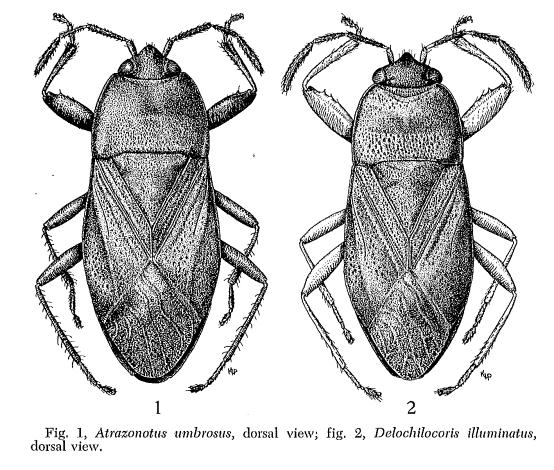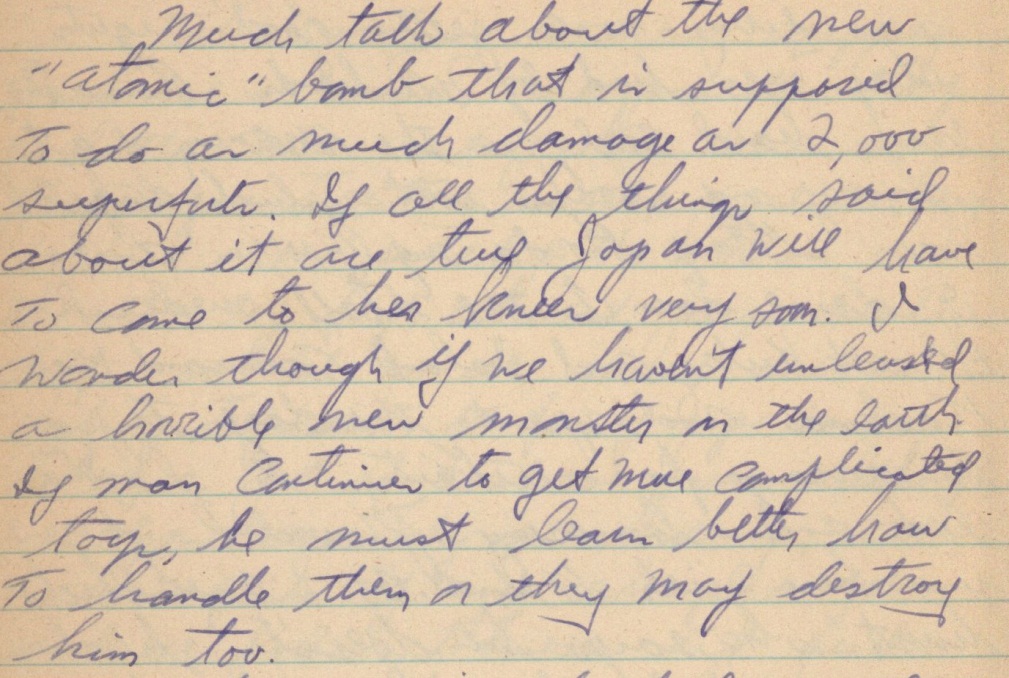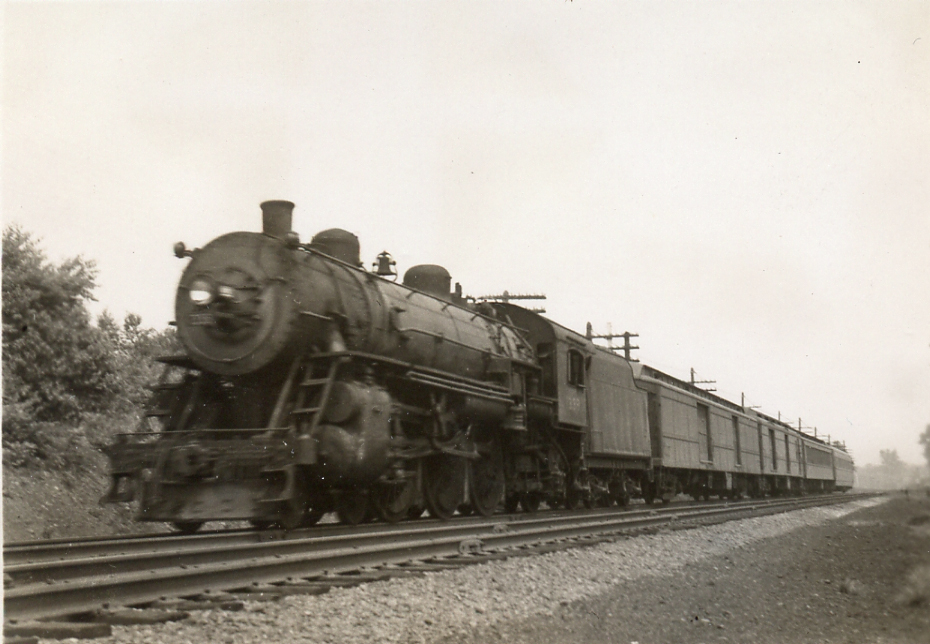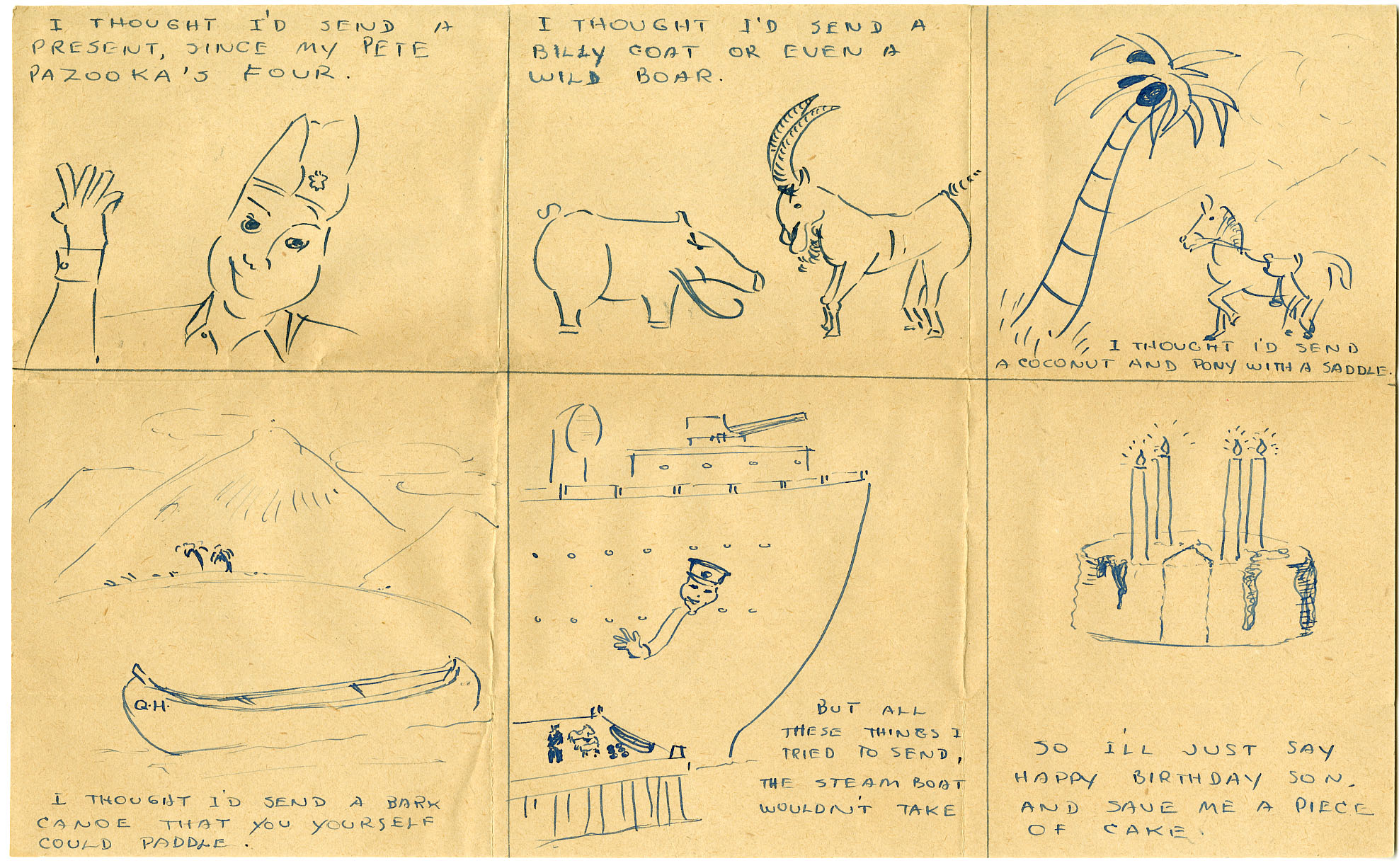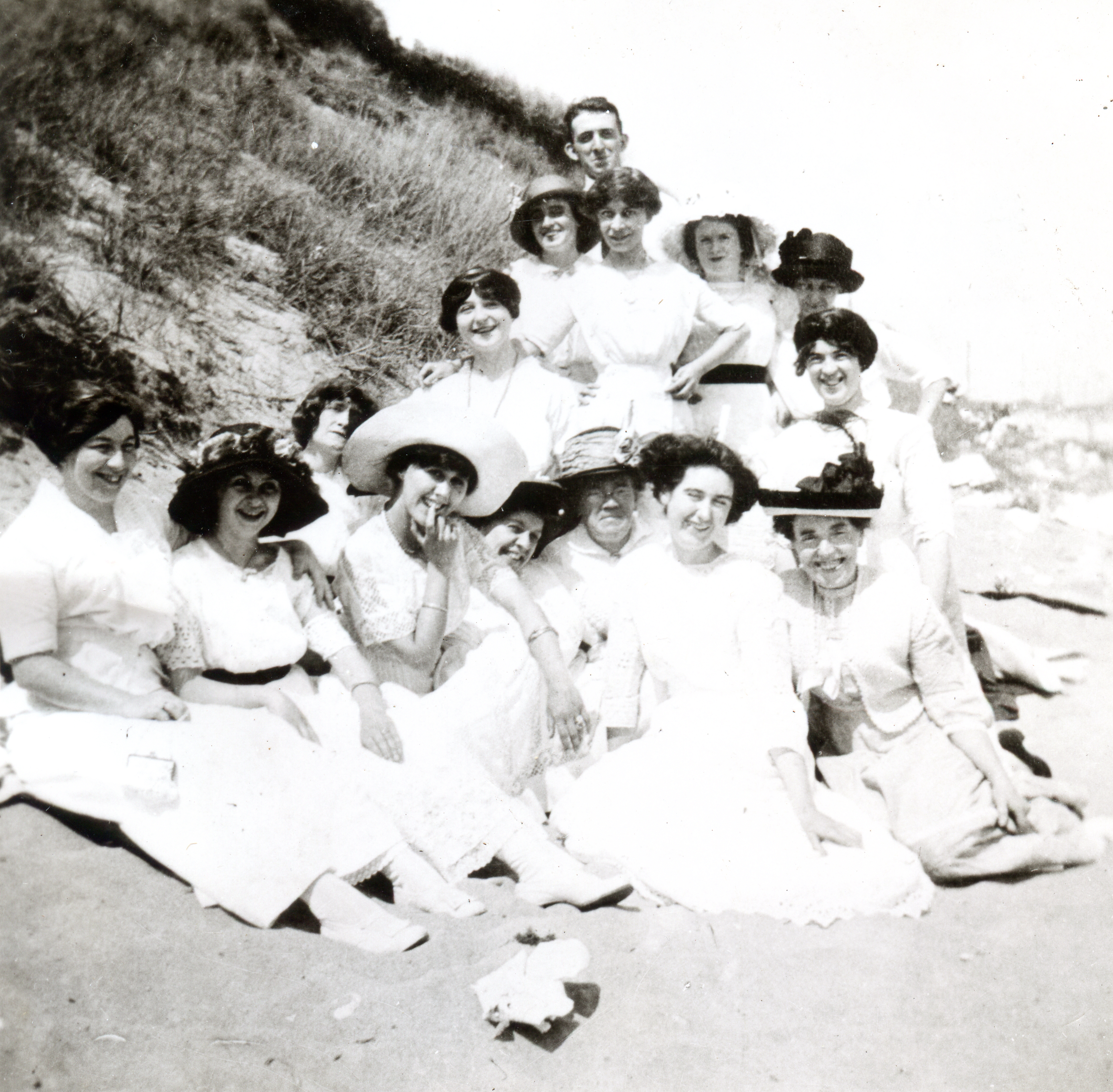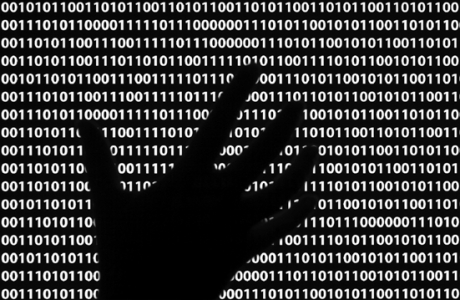The University Archives is a rich resource of information about the activities, events, interests and programs of UConn’s faculty, students, staff since the establishment of the University in 1881. Here are some of the materials that have been recently added to the collections:
Vice President and Chief Financial Officer Records
Documents, reports, studies and correspondence pertaining to the finances of the institution from 1999 to the present.
https://archivessearch.lib.uconn.edu/repositories/2/resources/728
Asian American Studies Institute Records
Materials associated with the “Day of Remembrance” program that were collected, produced and/or distributed by the Institute.
https://archivessearch.lib.uconn.edu/repositories/2/resources/218
Bruce Bellingham Papers
Notes, photocopies, transparencies, research, scores, correspondence and publications pertaining to Professor Bellingham’s scholarly research in the history of music.
https://archivessearch.lib.uconn.edu/repositories/2/resources/799
Carl W. Rettenmeyer Papers
Professional correspondence with the National Science Foundation, colleagues and both personal and professional trip notes, i.e. – some from leading groups on trips (Galapogos) and some regarding collecting field trips (Panama). (Inventory not yet available.)
https://archivessearch.lib.uconn.edu/repositories/2/resources/208
Richard D. Brown Papers
Documentation of the professional and administrative career of historian, Richard D. Brown. (Inventory not yet available.)
Cell Stress Society International Records
Publications, administrative records, legal and financial records, ephemera, posters, and correspondence documenting the establishment, management, development and growth of the Cell Stress Society International and its associated journal publication on the Storrs campus of the University of Connecticut from 1995 to the present under the direction of Lawrence Hightower and Helen Neumann. (Inventory not yet available.)
School of Nursing War Veteran Oral History Collection
Oral history video interviews with graduates of the UConn School of Nursing who are (or were) nurses in the military. (Inventory not yet available.)
Donald W. Cameron Papers
Bound manuscript written by UConn alum. https://archivessearch.lib.uconn.edu/repositories/2/resources/880
Eduard Mark Papers
Materials used by Mark (UConn alum) in his research as a historian of the Cold War era in U.S. history. A majority of the collection spans the years 1945-1960, with some materials falling before and after this timeline. The collection includes correspondence, notes, administrative records, transcripts, legal documents, manuscripts, photographs, clippings and books. These sources, which contain military and government correspondence, military reports, declassified documents and other materials, shed light on a myriad of topics relating to the Cold War, including military strategies and positioning, negotiations, intelligence and national security, territorial problems, military propaganda, international relations and European affairs. https://archivessearch.lib.uconn.edu/repositories/2/resources/836
Waterbury Campus Records
Administrative records, awards, clippings, ephemera, notes, and publications about the programs, activities and history of the Waterbury campus since its establishment in 1946. https://archivessearch.lib.uconn.edu/repositories/2/archival_objects/7536
Collins-Levine Family Papers
Correspondence, school papers, memorabilia, photographs and ephemera associated with two generations of the Collins and Levine families who attended the University of Connecticut between 1922 and 1948. The materials in the collection are useful in providing a perspective of college life and experiences from the student’s point of view. https://archivessearch.lib.uconn.edu/repositories/2/resources/757
Albert F. Blakeslee Papers
The collection contains reprints of scholarly articles published by Albert F. Blakeslee. Also included are several journals with articles about Blakeslee, correspondence, calendars, travel diaries, as well as photographs and negatives associated with or documenting the career of noted scientist A. F. Blakeslee, professor at UConn 1907-1915. https://archivessearch.lib.uconn.edu/repositories/2/resources/871
University of Connecticut Educational Properties, Inc. Records
Administrative, financial and legal records pertaining to the development of property adjacent to the north side of campus for a Technology Park. Of particular note is the documentation of the communication and documention between the parties involved in the development of the Park, the range of programs and properties and the complexity of the overall project. (Inventory not yet available.)
Eric W. Carlson Papers
Notes, correspondence, reports, studies and similar materials pertaining to Dr. Carlson’s tenure as a professor of English at the University of Connecticut from 1942-1979. (Inventory not yet available.)
Greater Hartford Campus Records
Course syllabi and schedules of classes for the Greater Hartford campus of the University of Connecticut. (Inventory not yet available.)
–Betsy Pittman, University Archivist


